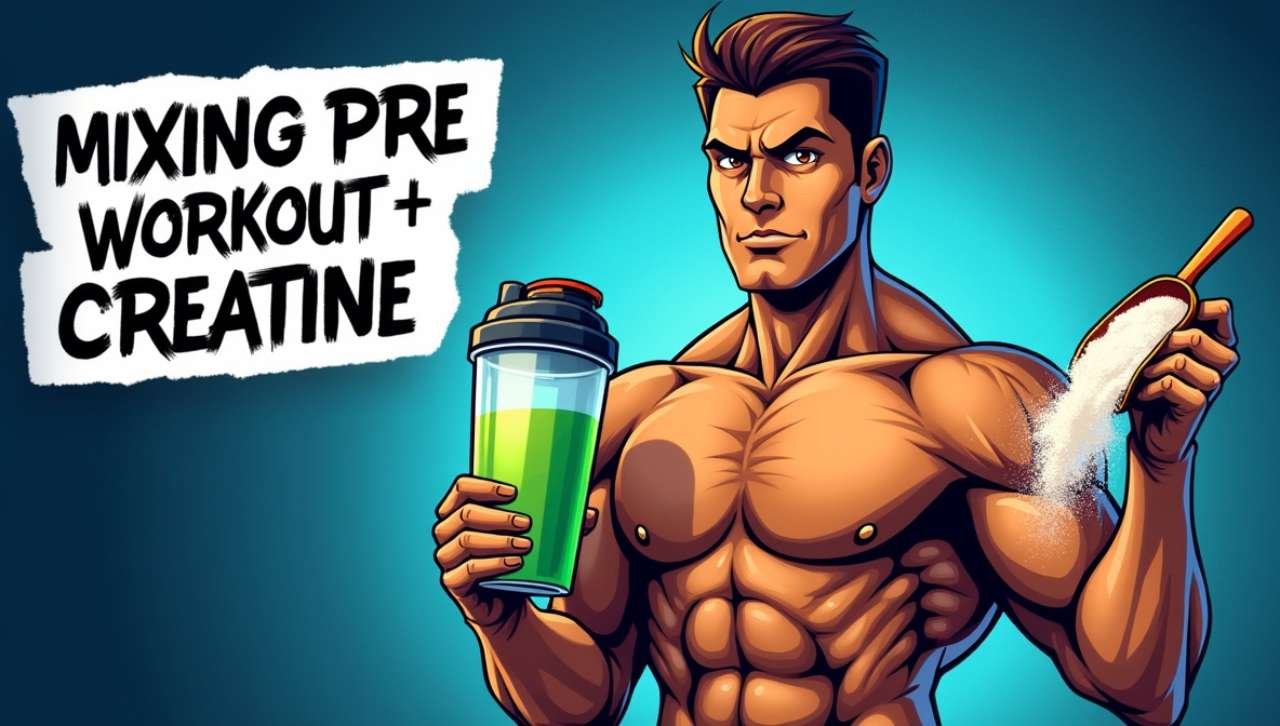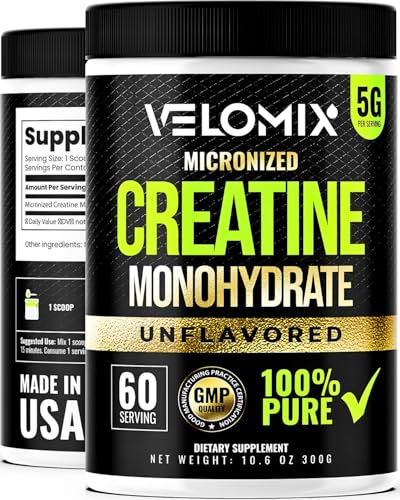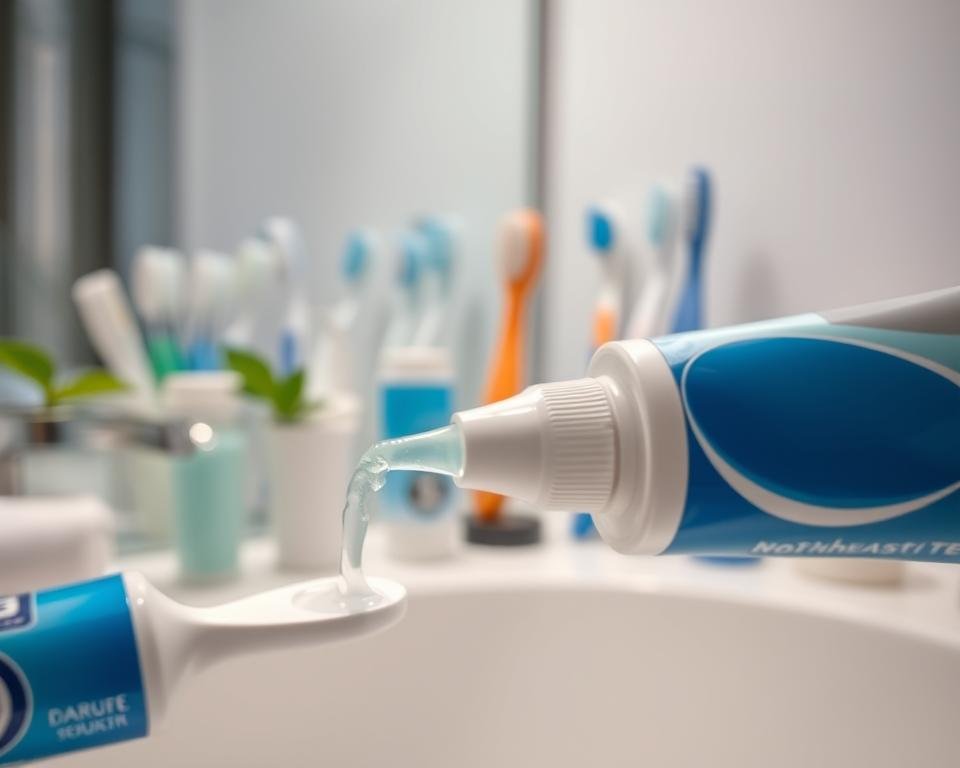In the quest for peak performance, the supplement aisle can feel like both an armory and a minefield. You have your go-to products, but a nagging question often surfaces: “Could I be doing more?” This leads many fitness enthusiasts to stack supplements, mixing and matching formulas to create a custom performance cocktail. The most common of these combinations? The powerhouse duo of pre-workout and creatine.
But is this popular stack a true synergistic masterpiece, or are you just pouring expensive powders down the drain? The internet is rife with conflicting advice, with some gurus swearing by the combo and others warning of negated effects and wasted money. Let’s cut through the noise. We’re here to examine the evidence, break down the science, and give you a definitive answer.
Key Takeaways
Before we dive deep, here are the essential facts you need to know:
Timing and Consistency Matter: Take the combined stack 20-30 minutes before your workout for optimal benefits. For creatine to be effective, it must be taken consistently every day, even on rest days.
Yes, You Can Mix Them: Combining creatine and pre-workout is generally safe and can be very effective. There is no major scientific evidence to suggest they cancel each other out.
Synergy for Performance: The combination can enhance high-intensity strength, power, and endurance. Pre-workout provides immediate energy, while creatine builds a foundation for sustained power output.
Ingredient Awareness is Crucial: Many pre-workout formulas already include creatine. Check your labels to avoid over-consuming and ensure you’re getting an effective dose of each ingredient.
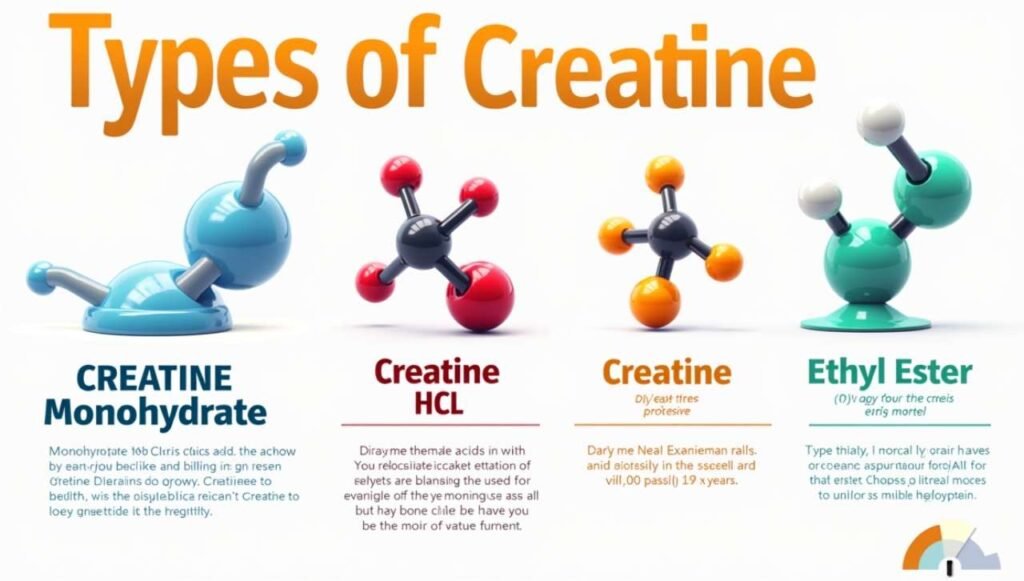
Understanding the Players: What is Pre-Workout? ⚡
A pre-workout supplement is a multi-ingredient dietary formula designed to boost your energy and athletic performance when taken before exercise. Think of it as a motivational kickstart in a scoop. While formulas vary wildly between brands, a few core ingredients are the workhorses behind the effects.
- Caffeine: This is the primary driver of that immediate “get-up-and-go” feeling. As a central nervous system stimulant, caffeine is one of the most proven ergogenic aids—that’s the scientific term for something that enhances energy, performance, or recovery. It works by blocking adenosine receptors in the brain, reducing perceived fatigue and increasing alertness.
- Beta-Alanine: Ever felt that tingly or itchy sensation after taking a pre-workout? That’s a harmless side effect of beta-alanine called paresthesia. Its real job is to increase carnosine levels in your muscles. Carnosine helps buffer acid buildup during high-intensity exercise, allowing you to push out those extra few reps before your muscles “burn out.”
- Citrulline Malate: This amino acid is a “vasodilator,” meaning it helps widen your blood vessels. This process increases blood flow, oxygen, and nutrient delivery to working muscles, leading to that “pump” feeling. More importantly, it can improve endurance and reduce muscle soreness after your workout.
A good pre-workout combines these (and other) ingredients to deliver a short-term burst of energy, focus, and endurance to help you maximize your training session.
The Powerhouse: What is Creatine? 💪
Unlike the immediate buzz from a pre-workout, creatine works on a long-term, cumulative basis. It’s not a stimulant; it’s an energy reservoir. Creatine is a naturally occurring compound found in small amounts in foods like red meat and fish. Your body also produces it.
Its primary role is to help regenerate adenosine triphosphate (ATP), which is the fundamental energy currency for all your body’s cells, especially your muscles.
- X2 – MRF4 Creatine Supplementation can enhance exercise performance, Glutamine can help reduce muscle damage and acceler…
- Powerful Blend: Our creatine monohydrate gummies are designed for both men and women, delivering a balanced formula enri…
- Pre-Workout: These pre-workout gummies help fuel energy, enhance performance, and sustain high-intensity workouts. Wheth…
- Post-Workout: Our creatine monohydrate gummy helps in muscle recovery, keeping you strong and focused. These creatine gu…
- PURE & TESTED – 100% CREATINE, ZERO FILLERS: Only one ingredient: micronized creatine monohydrate – no additives, no sug…
- SUPPORTS MUSCLE GROWTH & RECOVERY: Velomix supports muscle growth, strength gains, and workout recovery by replenishing …
- MICRONIZED FOR EASY MIXING & FAST ABSORPTION: No grit. No clumps. No aftertaste. Velomix micronized creatine powder diss…
Here’s a simple breakdown of how it works:
- When you perform a short, explosive movement—like lifting a heavy weight or sprinting—your muscles use ATP for energy.
- When used, ATP loses a phosphate molecule and becomes adenosine diphosphate (ADP). ADP is useless for energy until it gets that phosphate back.
- This is where creatine comes in. Your body stores creatine as phosphocreatine (creatine with a phosphate molecule attached).
- Phosphocreatine donates its phosphate molecule to ADP, rapidly turning it back into ATP.
- This rapid regeneration of ATP allows you to sustain high-intensity effort for longer.
By supplementing with creatine monohydrate (the most studied form), you saturate your muscles with phosphocreatine, ensuring this rapid energy recycling system is always topped up. The result? Measurable improvements in strength, power output, and muscle mass over time.
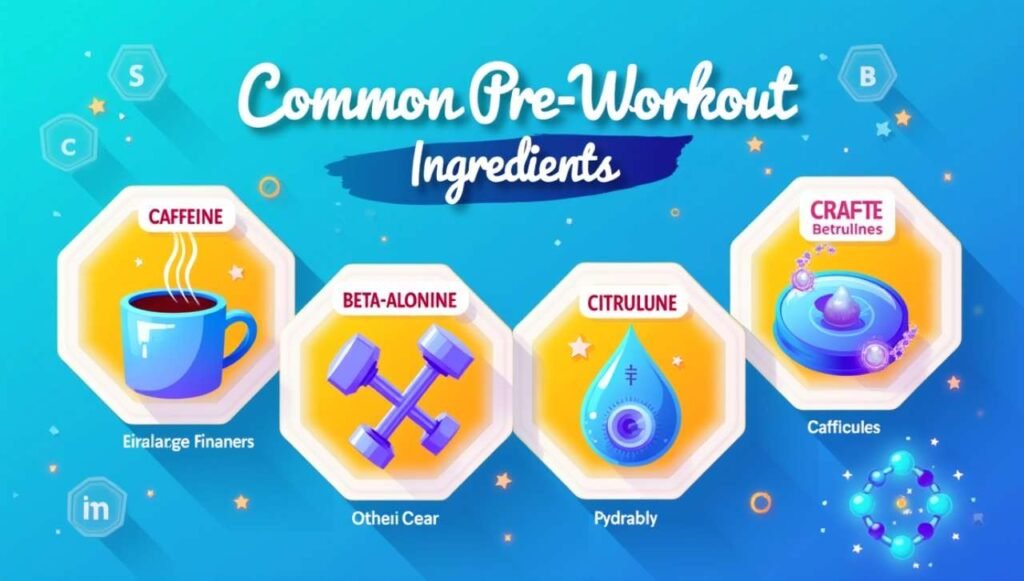
The Synergy: Potential Benefits of Combining Them 🧬
So, what happens when you combine the immediate jolt of a pre-workout with the foundational power of creatine? You create a powerful environment for peak performance. The science supports this supplement stacking strategy.
The primary benefit is attacking performance from two different but complementary angles.
- Pre-workout improves the performance of a single session. The caffeine makes you feel more motivated and less tired, while ingredients like beta-alanine and citrulline help you push harder during that specific workout.
- Creatine improves performance over weeks and months. By keeping your ATP stores full, it enables you to consistently lift heavier weights or perform more reps. This progressive overload is the key driver of muscle and strength gains.
A 2021 study in the Journal of the International Society of Sports Nutrition reinforces that both caffeine and creatine are effective ergogenic aids for enhancing strength and power in resistance training. While they studied them separately, the mechanisms don’t conflict. Caffeine provides the acute neurological drive, while creatine provides the underlying cellular energy.
As Dr. Jose Antonio, a leading sports nutrition researcher and CEO of the International Society of Sports Nutrition (ISSN), often states, “Creatine is one of the most-studied and effective supplements on the market. Pairing it with a well-formulated pre-workout that includes ingredients like caffeine can offer a one-two punch for performance.”
In essence, the pre-workout helps you show up and perform at your best on any given day, while the creatine ensures your muscular engine is becoming more powerful over the long haul.
Potential Downsides and Considerations ⚠️
While mixing pre-workout and creatine is beneficial, it’s not a thoughtless exercise. There are a few important factors to consider to do it safely and effectively.
Ingredient Overlap
The most significant issue is that many pre-workout supplements already contain creatine. This is often a small, underdosed amount (1-2 grams) thrown in for marketing purposes rather than for efficacy. The clinically effective dose of creatine monohydrate is 3-5 grams per day. If your pre-workout contains creatine, check the dose. You may need to add more creatine separately to reach the effective daily total. Relying solely on the small amount in a pre-workout will not provide the full benefits.
Caffeine Content and Sensitivity
The debate around caffeine and creatine has been a hot topic. Old, misunderstood research suggested caffeine, being a diuretic, might counteract creatine’s hydrating effect on muscle cells. However, modern science has largely debunked this. Multiple studies show that caffeine consumption alongside creatine does not negate its effects on strength or performance.
The real concern is your personal tolerance to caffeine. Some pre-workouts contain 300-400 mg of caffeine per scoop—equivalent to 3-4 cups of coffee. If you are sensitive to stimulants, this can lead to jitters, anxiety, a rapid heartbeat, or a post-workout energy crash. Always start with a half-scoop of any new pre-workout to assess your tolerance.
Hydration is Non-Negotiable
Creatine draws water into your muscle cells (which is part of how it works), and caffeine can have a mild diuretic effect. When you combine them, staying well-hydrated becomes even more critical. Ensure you are drinking plenty of water throughout the day to support both supplements’ functions and overall health.
Comparison Table: Pre-Workout vs. Creatine vs. Combined Stack
To simplify the choice, here’s a clear comparison:
| Feature | Standalone Pre-Workout | Standalone Creatine | Combined Stack |
|---|---|---|---|
| Primary Benefit | Immediate Energy & Focus | Long-term Strength & Power | Both Immediate and Long-term Gains |
| Best Time to Take | 20-30 mins Before Workout | Anytime (Consistency is Key) | 20-30 mins Before Workout |
| Key Consideration | Caffeine content, potential jitters | Requires daily use, hydration | Total ingredient doses, cost, hydration |
| Mechanism | CNS Stimulation, Acid Buffering | ATP Regeneration | A combination of all mechanisms |
The Final Verdict
So, should you be mixing pre-workout and creatine? For most healthy individuals, the answer is a resounding yes. The combination offers a potent, scientifically-backed strategy to enhance both immediate workout performance and long-term strength and muscle development.
Here’s the actionable advice:
- For Beginners: Start with creatine monohydrate first. Take 3-5 grams daily for a month to see how your body responds. Once you’re consistent, consider adding a low-stimulant pre-workout on days you need an extra boost.
- For Intermediate/Advanced Lifters: A combined stack is likely ideal. Purchase a quality pre-workout that suits your caffeine tolerance and a separate, pure creatine monohydrate powder. This allows you to control the doses precisely. Mix 3-5 grams of creatine with your pre-workout shake 20-30 minutes before training. On rest days, take the creatine alone.
- For those who prefer convenience: You can opt for a pre-workout that already contains a full clinical dose of creatine (3-5 grams). Just be prepared to take that pre-workout every single day (or have a separate creatine source for rest days) to maintain muscle saturation.
The key is to be a smart consumer. Read the labels. Understand the doses. And listen to your body. When you do, you can confidently stack these two supplements to unlock new levels of performance.
This isn’t about hype; it’s about intelligent application. That’s where Wellness Meets Scientific Truth.
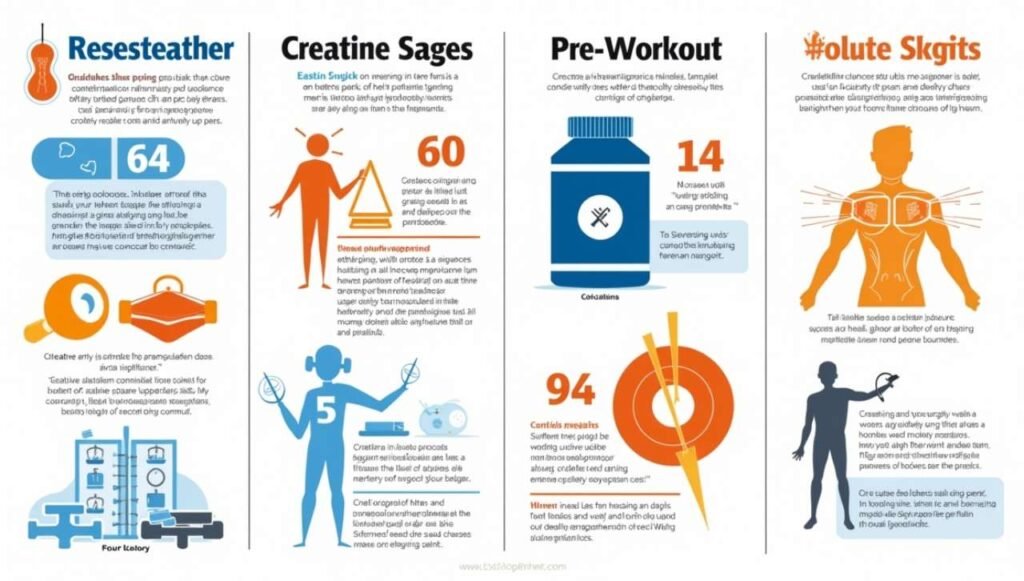
Frequently Asked Questions
1. Can I mix pre-workout and creatine in the same shaker? Yes, absolutely. Mixing them in the same shaker cup with water is perfectly fine and is the most common way to take them together before a workout. Neither ingredient degrades the other.
2. Do I need a loading phase for creatine if it’s in my pre-workout? A creatine “loading phase” (taking 20-25 grams per day for 5-7 days) is optional. It helps saturate your muscles faster, but taking a standard 3-5 gram dose daily will achieve the same saturation level in about 3-4 weeks. If your pre-workout is your only source of creatine, a loading phase isn’t practical. The most important thing is daily consistency.
3. Are there any long-term risks of combining creatine and pre-workout? For healthy individuals, there are no known long-term risks. Creatine is one of the most extensively studied supplements and has an excellent safety profile. The primary consideration for long-term pre-workout use is managing caffeine tolerance by cycling off it occasionally (e.g., taking a 1-2 week break every few months) to reset your sensitivity.
Sources
- Kreider, R. B., Kalman, D. S., Antonio, J., Ziegenfuss, T. N., Wildman, R., Collins, R., … & Lopez, H. L. (2017). International Society of Sports Nutrition position stand: safety and efficacy of creatine supplementation in exercise, sport, and medicine. Journal of the International Society of Sports Nutrition, 14(1), 18. https://jissn.biomedcentral.com/articles/10.1186/s12970-017-0173-z
- Guest, N. S., VanDusseldorp, T. A., Nelson, M. T., Grgic, J., Schoenfeld, B. J., Jenkins, N. D., … & Campbell, B. I. (2021). International society of sports nutrition position stand: caffeine and exercise performance. Journal of the International Society of Sports Nutrition, 18(1), 1. https://jissn.biomedcentral.com/articles/10.1186/s12970-020-00383-4
- National Institutes of Health (NIH) Office of Dietary Supplements. (2022). Dietary Supplements for Exercise and Athletic Performance. https://ods.od.nih.gov/factsheets/ExerciseAndAthleticPerformance-HealthProfessional/
- Trexler, E. T., Smith-Ryan, A. E., Stout, J. R., Hoffman, J. R., Wilborn, C. D., Sale, C., … & Antonio, J. (2015). International society of sports nutrition position stand: Beta-Alanine. Journal of the International Society of Sports Nutrition, 12(1), 30. https://jissn.biomedcentral.com/articles/10.1186/s12970-015-0090-y

